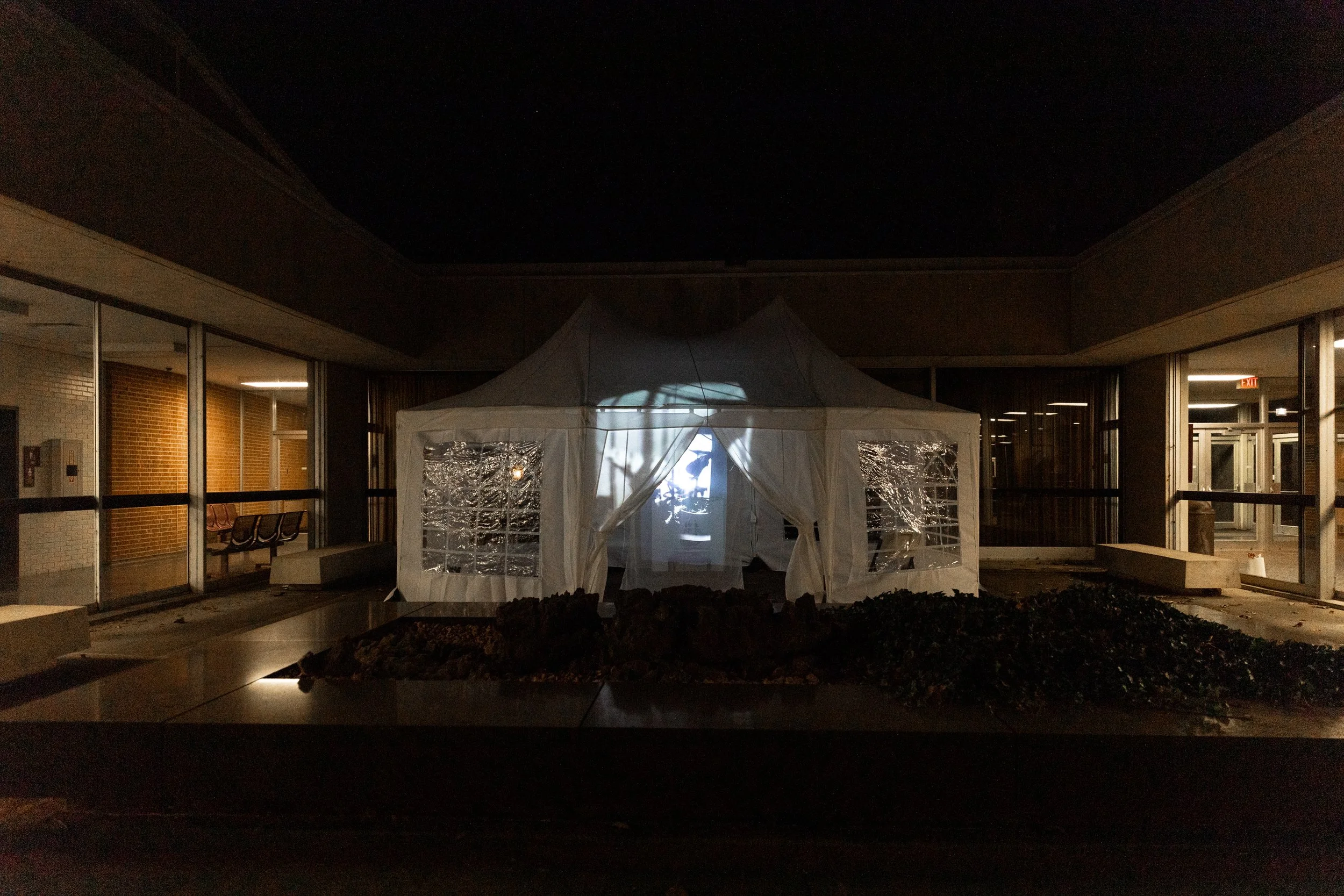Fleeting Shadows
In the Victorian era, there was a push for innovation and enlightenment in both industry and nature. “Victorians collected various materials from the natural world, indulging in amateur scientific pursuits, as reported by North Carolina State University's library archives. Their activities involved everything from nature sketches to collecting fossils, stones, birds' eggs, butterflies, beetles, and more.”[1] Natural history played a large role in Victorian society which can be seen in their interior décor, popular literature, and media.[2]
The reproduction of ferns was a mystery since they were known to not produce flowers it was unknown how they reproduced. This mystery allowed ferns to be associated with magic and fairies. Though the Victorians were enamored with natural history and science, they were also fascinated by the mystical and magical giving rise to seances, fairytales, and a love for the magic of nature. These whimsical themes led to many inventions to further the love of magic and spectacle. Two of which are the circus (1844) and the magic lantern show (1890).
There are arguments about when the fern craze started. It has been said that it started around the 1840s or 50s, but it most likely started in 1829 when British botanist Nathaniel Bagshaw Ward saved a moth pupa in a sealed glass jar. This discovery led him to find small fern spores that started to grow in the glass jar without being watered and it prompted him to continue to explore this idea of the glass case.
Ward’s idea for the Wardian case was originally intended to help lower class people escape the poor air quality during the industrial revolution in London. With the air being so polluted, edible plants could not be grown in town; this limited their access to fresh foods. The same was said for growing ferns in the city. Ferns were thought to drastically improve the air quality and could therefore improve the health of London’s poor. This plan backfired on Ward when lower class people could not afford the intricately designed iron and glass Wardian cases. From here, the cases became a status symbol for the upper class people of England as well as a practical way to transport delicate, exotic plants over the ocean. The glass cases were able to preserve plants for distribution over long voyages where prior to their invention they would have died.
Ward’s glass case soon caused a chain reaction that resulted in Pteridomania (Pterido, Latin for ferns). Pteridomania, or the fern craze, “is generally considered a British eccentricity, but while it lasted, fern madness invaded all aspects of Victorian life. Ferns and fern motifs appeared everywhere; in homes, gardens, art and literature. Their images adorned rugs, tea sets, chamber pots, garden benches – even custard cream biscuits.”[3] With the growing popularity of ferns now that they were able to be kept alive within the house, Victorians started organizing fern hunts and fern societies. Fern hunting would cause people to travel throughout the country, some upper class individuals, usually men, would even go abroad looking for exotic ferns. The form of collecting specimens varied by class though all classes participated. For the wealthiest fern hunter, a large greenhouse or ‘fernery’ would have been ideal for bringing back live specimens. “If you couldn’t afford a fernery and wanted to collect ferns, then a fern album full of dried specimens was the way to go. Many fashionable homes boasted a Wardian case (a glass case similar to a terrarium) to display a collection of ferns.”[4] The collecting of ferns was not limited to upper class elite just as it was not just limited to men. “Ferns and fern hunting were especially popular among young women, as it was deemed an acceptable activity that allowed the historically marginalized gender to move freely outdoors.”[5] An interesting component to the history of “mania” and “madness” is that typically women were most often associated with hysteria. This idea of mania not only appears in the very name of Pteridomania, but is also linked to the thought that allowing women to attend the Great Exhibition in 1851 at the Crystal Palace would be too much for them to handle, both socially and educationally. It was thought that women would develop a state of hysteria after viewing the world’s newest scientific breakthroughs.
At the beginning of the 20th century, Pteridomania was starting to decline. With the increasing technological advancements, including electricity, Wardian cases were no longer cutting-edge technology. Before completely dying out, the fern craze soon spread to the United States. Though it did not have the same social significance in the U.S. as it did in England, ferneries were still erected in the late 1800s in the United States to keep up with English fads. The fern craze died out and with it, so did many species of ferns. The excessive collecting of ferns caused such a decrease in wild ferns that they could not keep up with reproducing fast enough to keep the population stable.
Bibliography
[1] Barnett, Engrid. “Hobbies from the Victorian Era That Seem Bizarre Today.” Grunge, Grunge, 11 Mar. 2022, https://www.grunge.com/795694/hobbies-from-the-victorian-era-that-seem-bizarre-today/?utm_campaign=clip.
[2] Ibid.
[3] Castelow, Ellen. “Pteridomania - Fern Madness.” Historic UK, https://www.historic-uk.com/CultureUK/Pteridomania-Fern-Madness/.
[4] Castelow, Ellen. “Pteridomania - Fern Madness.” Historic UK, https://www.historic-uk.com/CultureUK/Pteridomania-Fern-Madness/.
[5] Mueller, Nora. “In Pursuit of Madness: ‘Pteridomania’ and the Historic Fascination with Ferns.” Garden Collage Magazine, 21 June 2017, https://gardencollage.com/wander/gardens-parks/ferb-obsession/.



